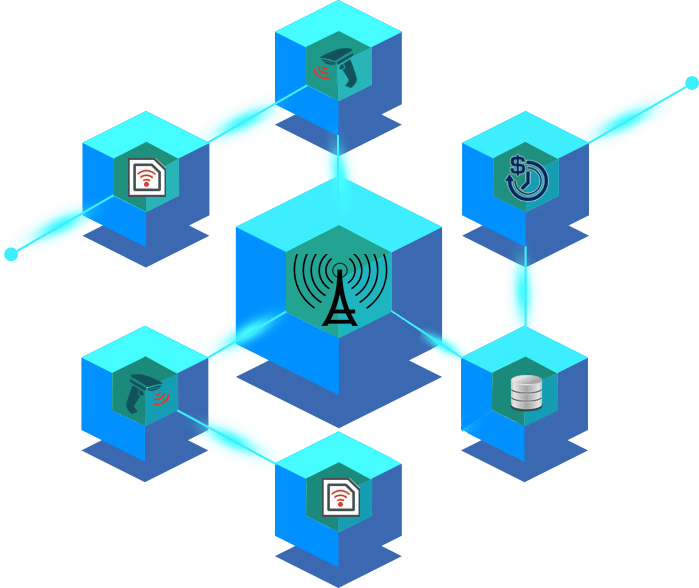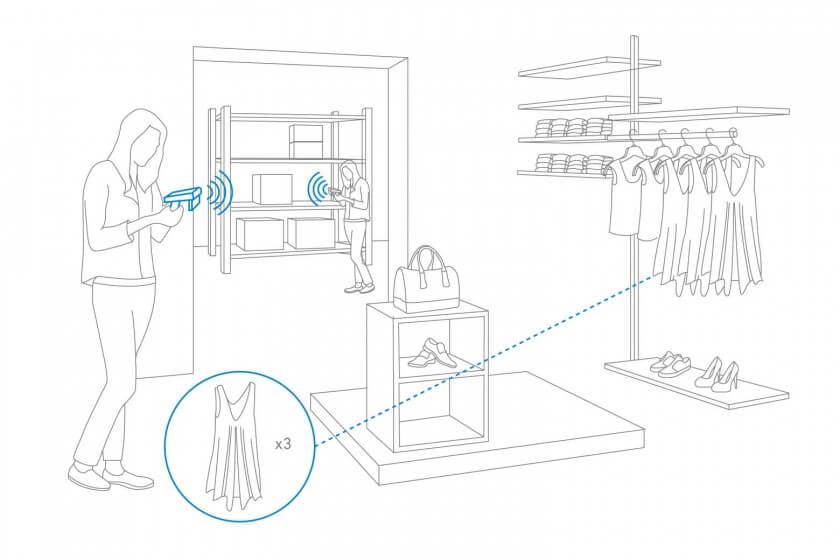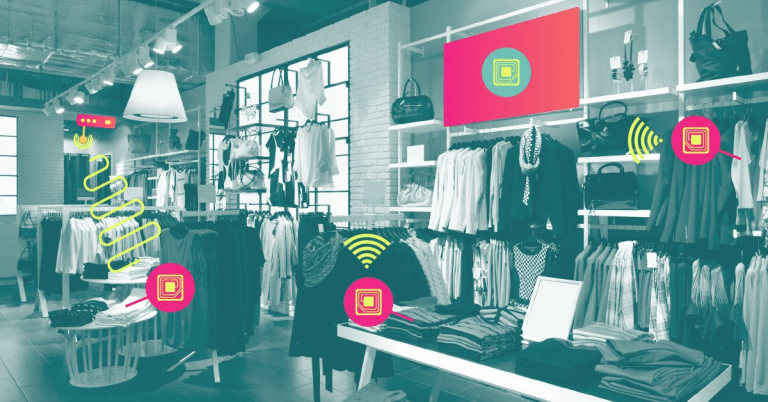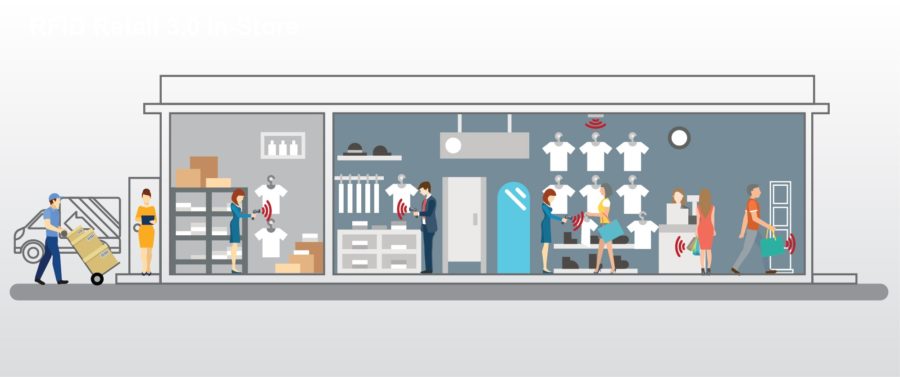












Reducing the possibility of wastage by supporting authorization in the production process and in stores.
Direct access to the exact location information of the product sought or shipped in the production chain.
Access to the information of which product’s size or color is in which department of which store.

Easy access to information on how many of each product is in each store for the specified time.
The data of which product attracts more attention in which aisle or which product in which cabin.
Reducing the risk of theft and loss of products in stores or in the supply chain.


Monitoring the processes with RFID systems from raw material supply to production, storage and shipment to wholesalers and retailers in Turkey, one of the world’s leading apparel and textile product producing countries, will facilitate preventing different problems experienced in the sector. The system can be activated at the desired point of the processes mentioned above. For example, it can be started from the production stage, and the process from who sews the product to which production stages, packaging, storage and shipment can be easily followed with the labels to be attached to the products.
As the RFID system requires much less manpower compared to the classical barcoding system, the problems experienced in barcode systems such as counting the products one by one, the need for the product to be seen by the reader for counting, and the label to be read clean, not torn or contaminated are not experienced in RFID systems.


The counting of a warehouse with thousands of shoe boxes, for example, carrying RFID tags, can be completed in minutes with an RFID hand terminal, without ever removing the products from the shelf.
In addition to inventory tracking, the same labels also provide a solution for products being taken out of the store without permission.
Today, most shopkeepers display single shoes against the risk of theft, which then causes the correct pairs to not be found or the different numbers to be mixed up.
In shops where a large number of products are displayed, customers often leave the product they bought at the wrong address, which creates problems for the seller during product search. In the RFID system, since the shelves will be addressed in the system, the product on the wrong shelf will be identified during the daily count and will be placed at the correct address by the seller. When the seller is looking for a certain product, color or size, he will enter the code of the product he is looking for in the hand terminal and when he scans the boxes in the warehouse, he will be able to reach the right product in a short time.
When the customer returns a product that he bought, all kinds of details can be accessed when the product is read into the system, since data such as the sale date, price, and by whom it was sold can be stored on the label.
Since products with RFID tags can be read without removing them from the cartons to which they were shipped, goods deliveries will be accelerated and the inventory registration of incoming products will be reduced to minutes.
The RFID system, of which we have given various application examples above, can be easily integrated into any branch of the textile industry.

